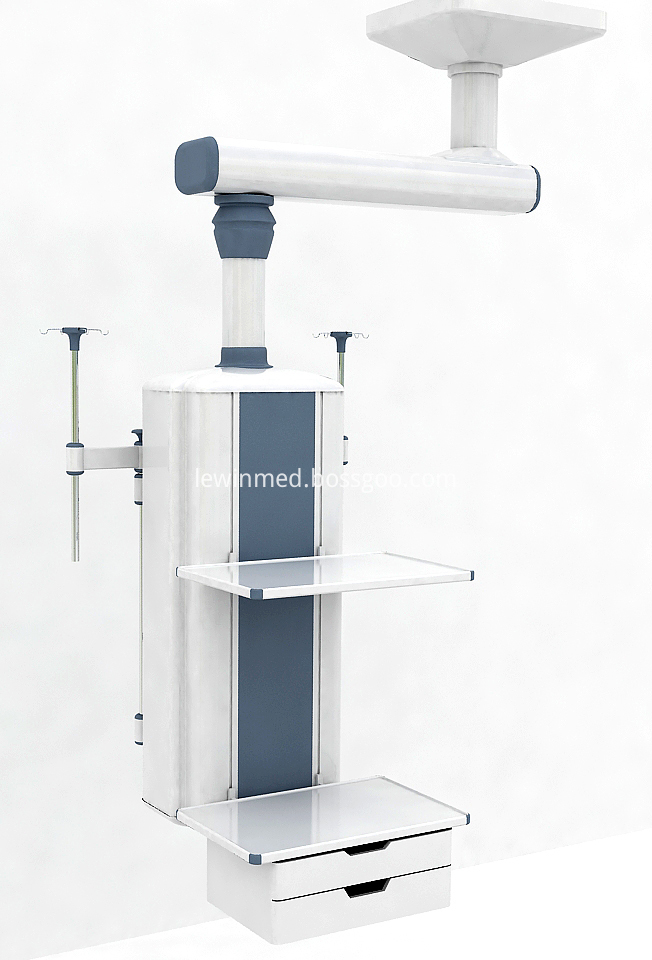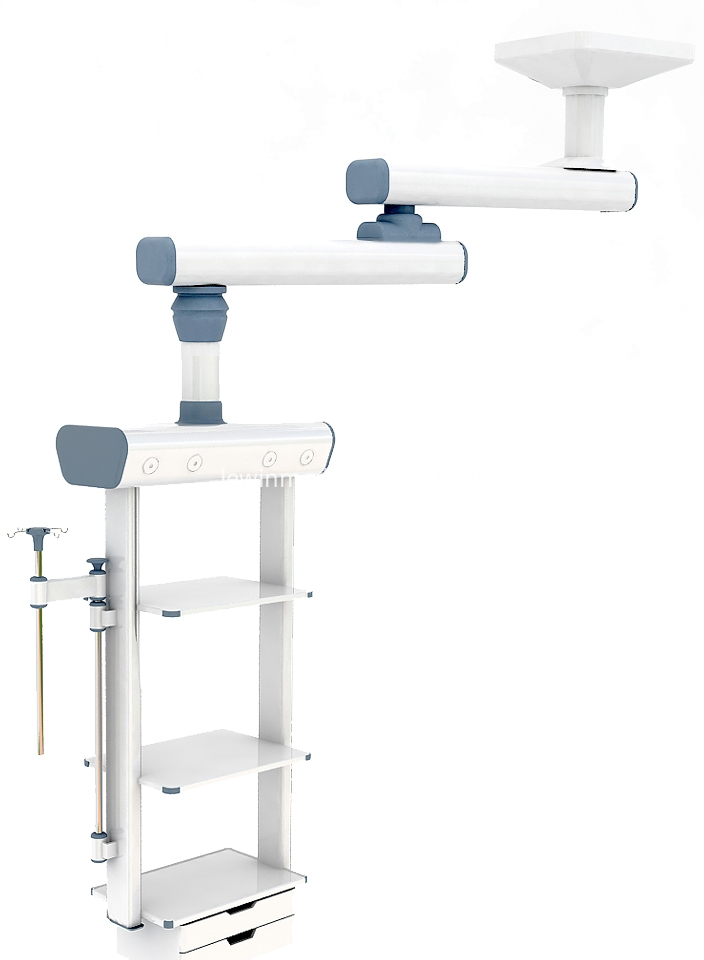Milwaukee Jumping
The scientific name Chaetocnema ingenua (Baly) is a Coleoptera, leaf armour. Alias ​​Su jump A, Valley Jump A, Scorpion borer, millet oval roundworm, commonly known as soil flea, ground mussel, wheat jump A and so on. Distribution northeast, north, northwest, Inner Mongolia, Xinjiang, Henan, Hubei, Jiangsu, Fujian and other places.
Hosts millet, medlar, wheat, sorghum, rice and so on.
The damage is characterized by larvae and adults that have just unearthed seedlings. The larvae were harmed and bored through the bite hole in the base of the stem, causing death. When the seedlings are high and the epidermis becomes hard, they climb into the interior of the roof and feed on the young leaves. The heart is eaten, it cannot grow normally and forms a thicket. People in North China are called "reeds" or "slopes." Adults damage the skin tissue of the seedling leaves, eat it into stripes, white transparent, and even dry dead. Severe years have often resulted in the lack of seedlings and ridges, or even deforestation.
Morphological characteristics Adult body length 2.5-3mm, width 1.5mm. Body oval, blue-green to bronze, with a metallic sheen. Engraved on the head, painted black. The antennae are 11 knots, and the third is longer than the second, shorter than the fourth and fifth. The thoracodorsal plate is arched and engraved with dots. There are vertical lines on the elytra wings that are neatly arranged. The bases and legs of each foot were dark brown, and the remaining sections were tan. After the leg is thick. The ventral surface of the abdomen is golden-brown, visible in 5 knots, with a thick, engraved dot. Egg length 0.75mm, long oval, beige. The last instar larvae are 5-6mm long and cylindrical. Head and chest back panel black. Chest, abdomen white, body mask oval brown spots. Three pairs of chest, dark brown. Naked urn is about 3mm long, oval, milky white.
Habits and habits Jilin Southern has 1 generation and 2 generations in the south. Adults live in the topsoil or 1.5cm of the weeds in the winter. Inner Mongolia, Shanxi Yanbei, Ningxia Guyuan 2 generations. When the temperature is higher than 15°C in early May of the following year, the overwintering adults appear in the wheat fields. In late May and early to mid 6th, they migrate to the valley to lay eggs. From mid-June to early July, they enter the first generation of larvae, and the first generation of adults is in June. Feathering began in the second half of the year. The second generation of eggs was produced in mid-July. The second generation larvae died in late July and early August. The second generation of adults emerged in late August, and they were buried in the winter in October. Hengshui, Hebei, Kaifeng, Henan, 2-3 generations. Adults can fly well, during the daytime activities, or in the midday sun or rainy weather, they latently hide under the leaves or leaf sheaths and clods. They like to eat the leaves of the millet and medlar leaves, leaving only the epidermis, forming white vertical stripes, and causing serious longitudinal damage to the leaves. Cracked or dry. Adults copulate several times in a lifetime and can spawn intermittently. Many eggs are produced in the top soil of the millet rhizosphere, and a few are produced in grain stems or sheaths and clods. Each female can produce 100 eggs in one lifetime, and the egg period is 7-11 days. , The newly hatched larvae are damaged by 6-10cm high seedlings. There are 1 to 2 worms per strain. After hatching, the larvae crawl to the base of the grain stems along the surface of the soil. The larvae invade the base of the grain stems. The damaged seedlings are wilted and form dry dead seedlings, which is different from millet ash. The larvae were 3 instars and lasted for 10-15 days. The mature larvae were drilled from the bite hole near the surface of the valley, and drilled into the underground 2-5 cm soil in the vicinity of the valley to make the earthworms. The flood season 8-12 days. The drought-prone years, early sowing spring valley, and heavy glutinous millets are vulnerable.
Control methods (1) are planted at an appropriate time, avoiding the damage during the period of adulthood. (2) When removing seedlings and seedlings, pay attention to the removal of dead seedlings, and concentrate them deeply or burn them. (3) Before sowing, the millet is seeded with a seed oil of 0.2% of a 35% radixamide suspension or 50% methyl-1605 or 50% methamidophos EC. (4) At the time of sowing, the soil was treated with 2% 3% carbofuran granules per 667 m2. (5) spraying 5% cypermethrin buttermilk oil 2500 times or 5% lefluffer EC 2500 times, 2.5% deltamethrin buttermilk oil 3000 times after the grain has emerged 4 - 5 leaf stage or millet seedling stage. , 75L per 667m2 sprayed good liquid. (6) It can also spray 2.5% trichlorfon powder or 1.5% powder 1605 or 3% chlorimicarb powder, 1.5-2kg per 667m2. (7) Use 3% methamidophos 2 kg per 667m2, sprinkle 15kg of fine soil near the valley.
Creport3000 Series Medical Pendant equipment used in modern clean operation rooms and general operation rooms. It is an ideal and practical endoscopic workstation . This pendent is a practical equipment used in modern clean operation rooms and general operation rooms . All kinds of terminals such as for medical gas , electricity , network are all gathered on the control board.


Creport3000 Series Medical Pendant
Anesthesia Pendant,Ceiling Pendant,Hospital Pendant,Medical Gas Pendant
Shandong Lewin Medical Equipment Co., Ltd. , https://www.lewinmed.com